As one of the sunniest states in the US, Arizona has increasingly embraced residential solar energy solutions. From rooftop installations to battery storage and utility programs, households across the state are taking advantage of solar initiatives to lower energy costs, increase home value, and reduce their environmental footprint. Below are nine distinct initiatives that households in Arizona have adopted, illustrating how varied and creative solar adoption has become in the state.
1. Rooftop Solar Photovoltaic Systems

Many Arizona households install rooftop solar photovoltaic (PV) systems to capture the abundant sunshine and convert it into electricity for home use. These systems can offset a significant portion of a home’s electricity consumption, especially in cities like Phoenix, where 300 days of sunshine are common. Homeowners often choose this option to reduce monthly utility bills, gain more energy independence, and increase their property’s appeal. Proper orientation, such as facing south or west with minimal shading, is key for optimal performance and maximum energy generation.
2. Solar Battery Storage at Home

Beyond just solar panels, households in Arizona are adding battery storage components to their systems so they can store excess solar energy for use during evenings or grid outages. This solar plus storage model not only boosts resilience but also aligns with state goals to deploy distributed storage. With battery storage, a home can better manage peak rate periods and rely less on the grid. This initiative has become popular for families seeking long-term energy savings, reliability, and self-sufficiency in their power use.
3. Tax Credits and State Incentives for Solar

Arizona provides a range of incentives for households that go solar. A key example is the state tax credit, which allows homeowners to subtract 25 percent of the cost, up to one thousand dollars, for installing solar or wind devices on their residences. In addition, federal tax credits and sales tax exemptions make solar more affordable for many households. These incentives reduce upfront cost barriers and encourage broader adoption among homeowners across the state who aim to transition toward renewable energy.
4. Utility Backed Programs for Low and Moderate-Income Homes
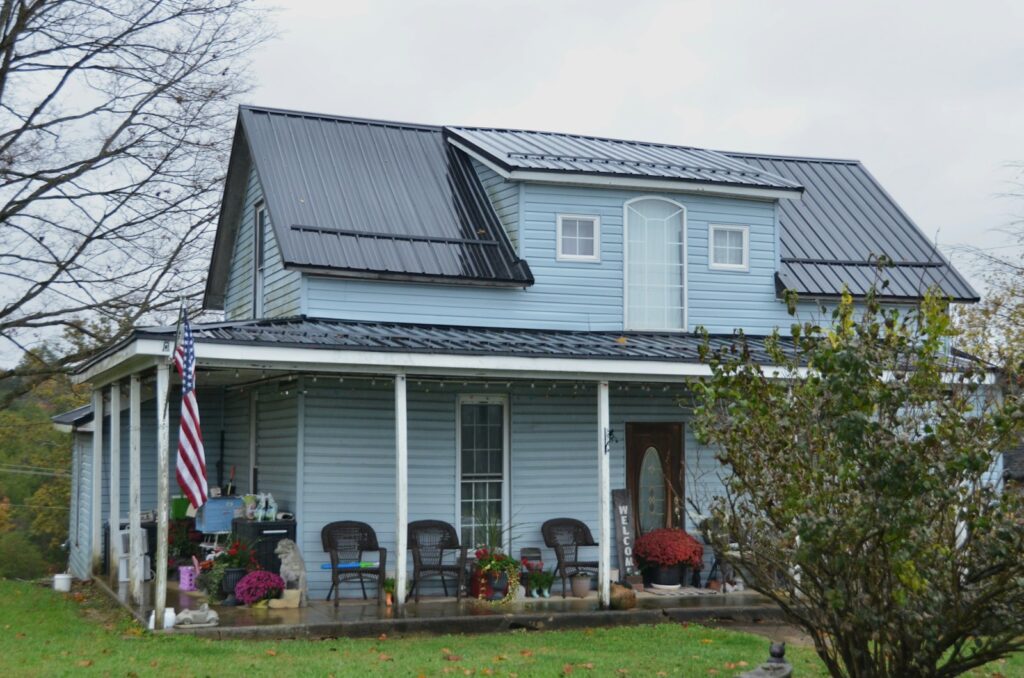
Some utilities in Arizona offer specific programs aimed at enabling solar adoption among low and moderate-income households. For example, the Arizona Public Service Company provides rooftop solar at no cost for qualifying households and gives bill credits in return. These programs expand access beyond traditional early adopters, helping households that might otherwise not afford full solar systems. By participating in these initiatives, families can reduce their electricity expenses while contributing to the overall clean energy transition in the state.
5. Neighborhood or Community Scale Solar Projects
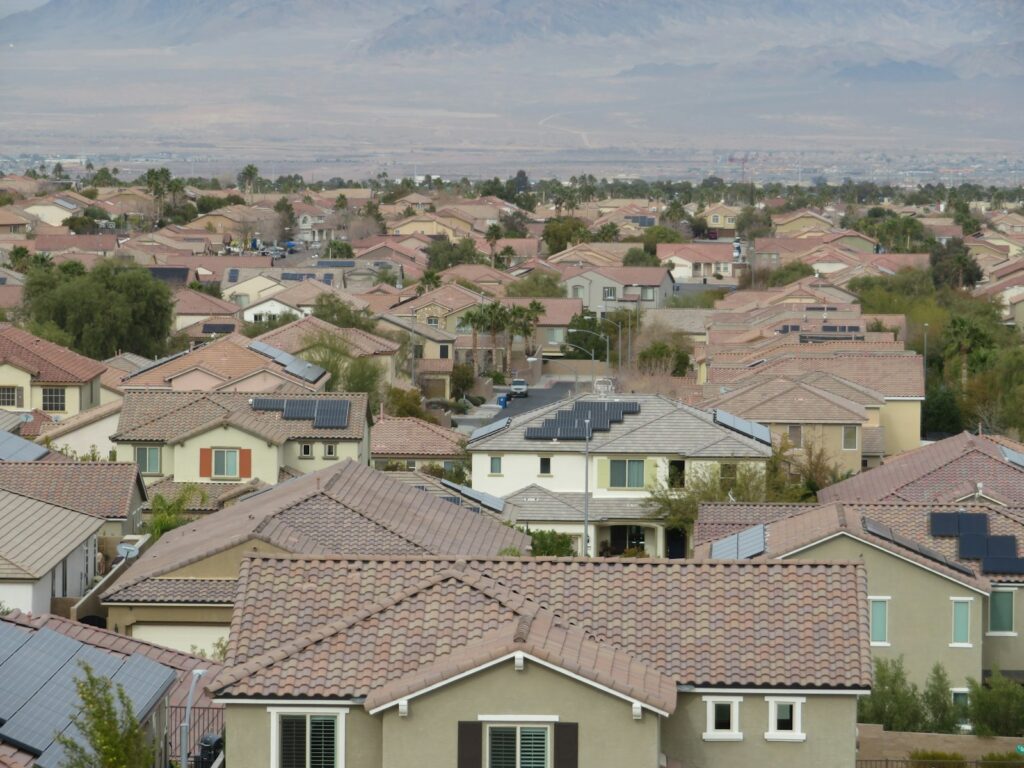
Households that cannot install solar on their own rooftops are taking part in community or neighborhood solar projects. These distributed solar installations serve multiple homes, including multifamily units or renters, and allow participants to receive credits or benefits on their utility bills. By pooling resources and leveraging collective infrastructure, these initiatives broaden solar access to more households. Community solar projects also promote energy equity by offering affordable renewable energy options to people who do not own their homes.
6. Solar Water Heating and Pool Heating Systems
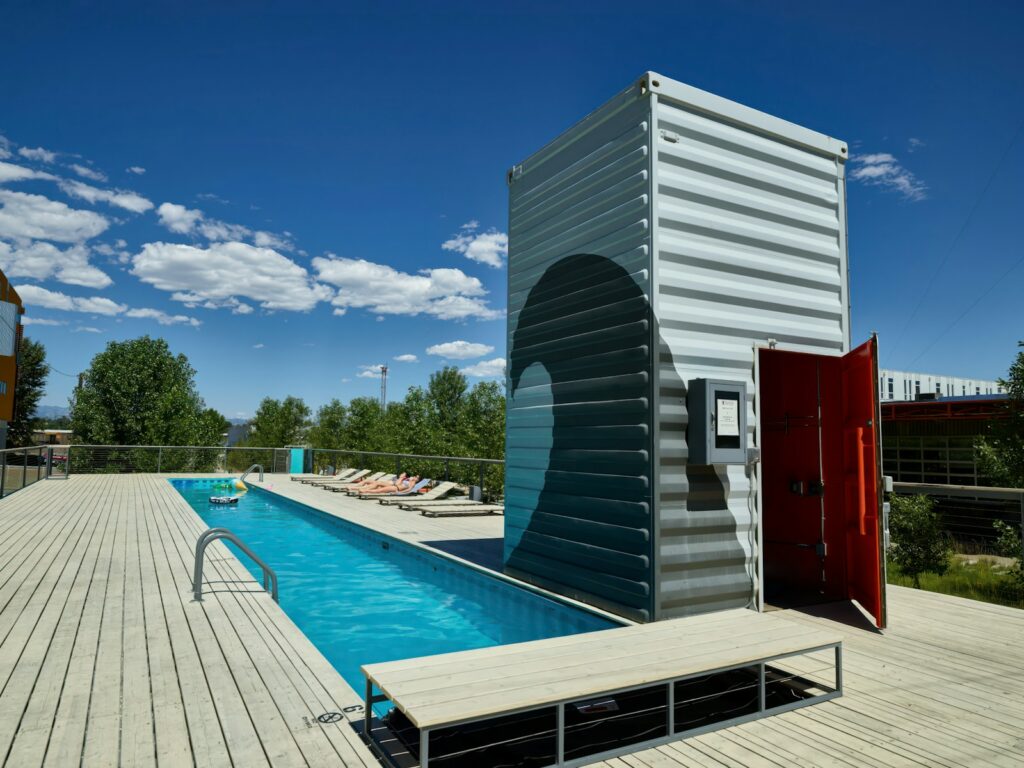
In Arizona’s climate, households often adopt solar thermal systems to heat domestic water or pools, complementing or replacing full electrical PV systems. These initiatives reduce energy consumption for heating, especially given the many warm and sunny days in the state. While less talked about than solar electricity systems, solar water heating remains a meaningful initiative in the home setting. This practical and affordable option allows families to enjoy sustainable living while lowering their utility costs throughout the year.
7. Integration of Solar in Home Efficiency Upgrades
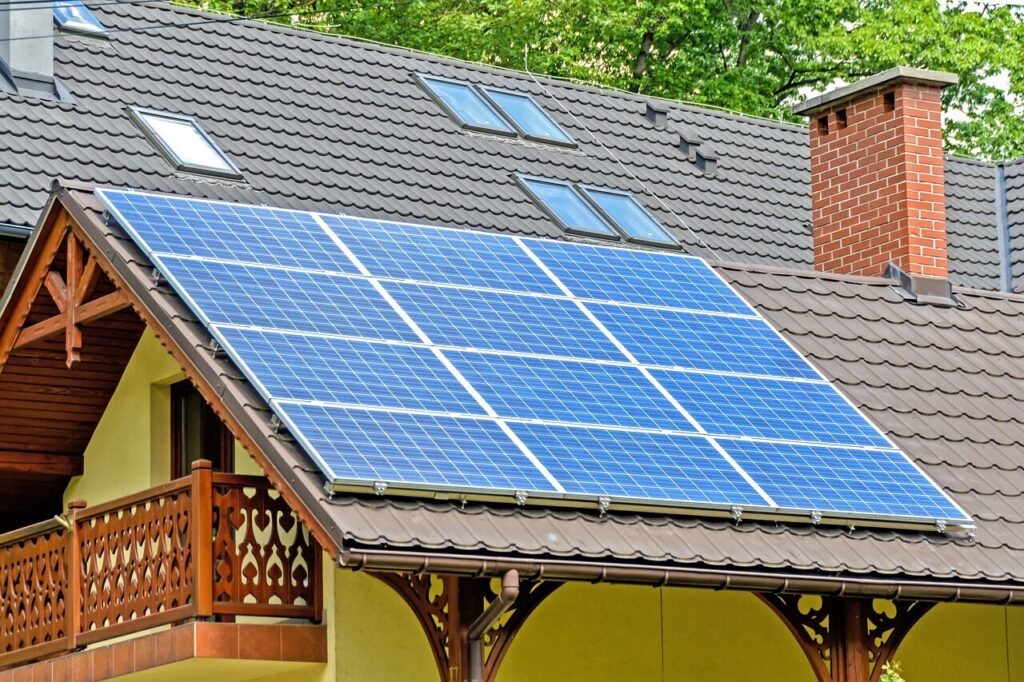
Many households combine solar adoption with broader home energy efficiency upgrades, such as insulation, improved windows, and energy-efficient HVAC systems. This coordinated effort reduces overall energy demand and then supplies that reduced demand with solar power. Arizona’s home energy upgrade programs highlight this synergy by offering rebates for efficiency measures alongside solar equipment. The result is a more holistic approach where less heat gain or loss and more solar generation lead to better savings and sustainable performance.
8. Property Value Increase Through Solar Installation
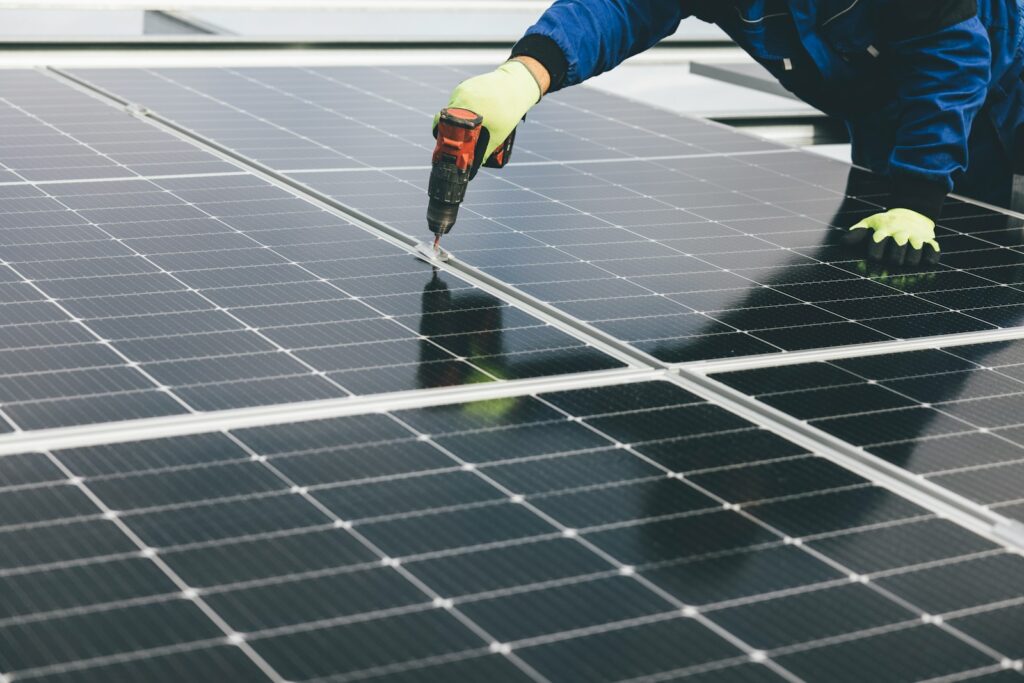
Homeowners in Arizona are increasingly aware that installing a solar energy system can enhance a property’s market value. Systems that reduce or eliminate utility bills are attractive to buyers and signal a more energy-efficient home. As a result, households adopt solar not only for direct savings but also as an investment in their real estate. Studies have shown that homes equipped with solar systems tend to sell faster and at higher prices compared to similar properties without solar installations.
9. Solar Adoption in Rural, Tribal, and Underserved Communities
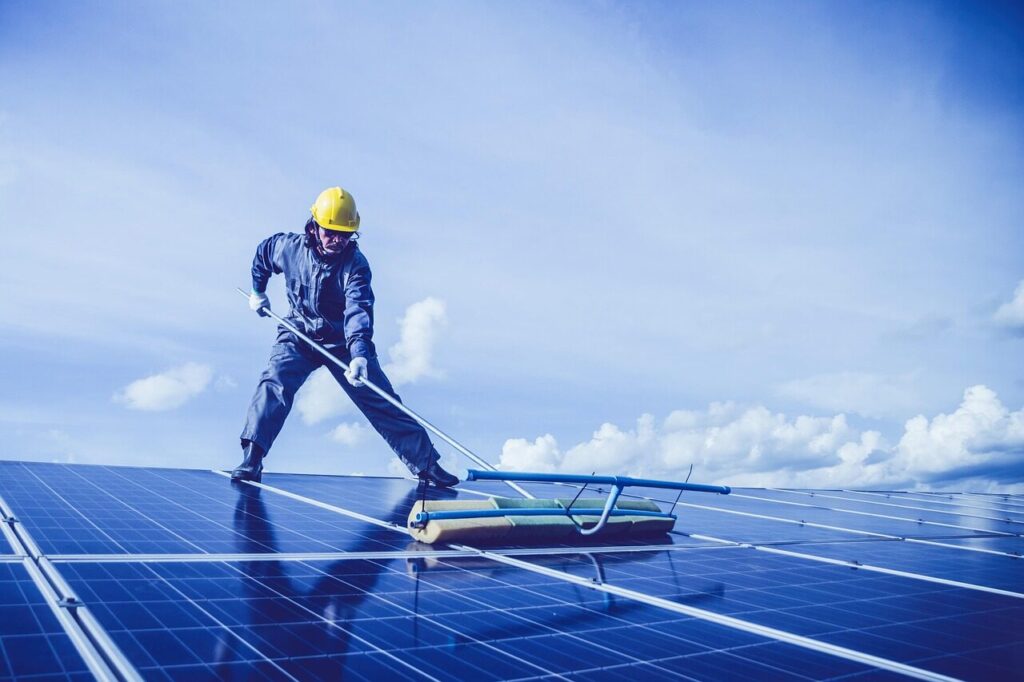
Arizona households in rural, remote, or tribal communities are part of initiatives that extend solar access beyond urban areas. Programs designed to reach low and moderate-income households, including rural and tribal regions, provide grants, low-interest loans, rooftop solar, and neighborhood projects. For households in these communities, solar means not just cost savings but also improved energy access and resilience. These initiatives promote inclusivity and ensure that the benefits of renewable energy reach every corner of the state.
Comments